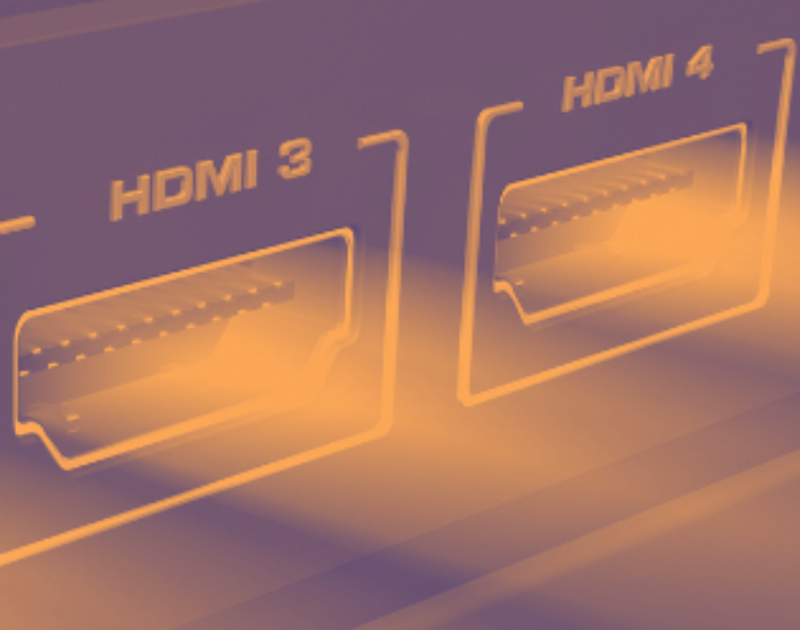Kordz kicks off a four-part exploration of the evolution of HDMI technology, delving into the significance of each version.
Since the first version of HDMI was introduced in the early 2000s, this technology has become ubiquitous in modern AV device connections. Seamlessly transmitting high-definition audio and video signals and supporting foundational technologies like ARC, HDCP, and CEC, it has played a pivotal role in the progression of the AV industry. Still, with each new iteration, HDMI becomes increasingly complex to comprehend.
To help AV integrators make sense of it all and better understand the progression of this ever-evolving connectivity solution, Kordz has authored a comprehensive guide to HDMI. The next article, ‘Demystifying HDMI: Understanding the Numbers’, delves into the significance of each version, starting by looking back at HDMI 1.0 and how it laid the groundwork for future versions including HDMI 2.0 and HDMI 2.1.
This free guide covers the key features and capabilities supported by each version of HDMI. The thorough yet easily digestible resource leads readers through HDMI’s journey from the introduction of HDCP and 1080p enabled by HDMI 1.0 to 4K from HDMI 2.0 and 8K and beyond via HDMI 2.1. Systems integrators can see where HDMI has been and where it’s heading to make better-informed choices.
“HDMI has undergone a remarkable transformation since its debut in 2002 thanks to the dedicated work of many pioneering leaders in our industry. With nearly 12 billion devices equipped with HDMI technology now shipped since the release of the first HDMI specification, its impact and prevalence has been nothing short of extraordinary,” said James Chen, Kordz managing director.
“Yet, more than 20 years later,” Chen added, “many integrators can still be bamboozled by the terminology and technicalities of the different versions and have problems identifying which devices are correct for which job. As one of the brands that helped solve HDMI’s early connectivity woes, at Kordz we want to ensure AV integrators have all the facts to understand HDMI’s evolution and the significance of the HDMI version numbers they deal with today. This next chapter of our HDMI Demystified series provides a solid, detailed overview.”
In future chapters of the series, Kordz will cover additional aspects of HDMI, including the differences between HDMI cables, the endless alphabet soup of HDMI features, and HDMI certifications, so stay tuned.
To subscribe for the next installments, or for more information about Kordz, its comprehensive range of professional-grade connectivity products, and free integrator resources, visit www.kordz.com.









